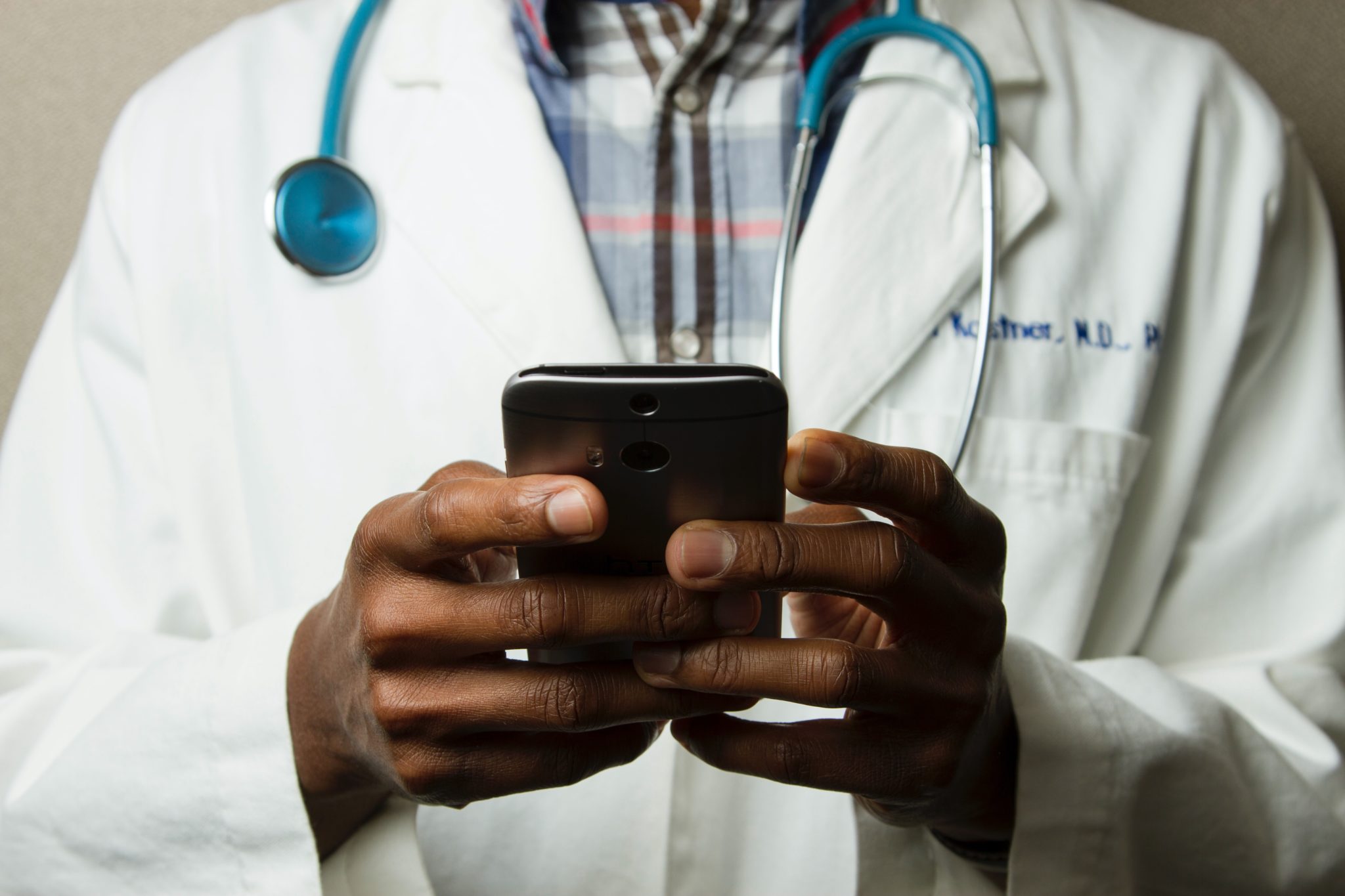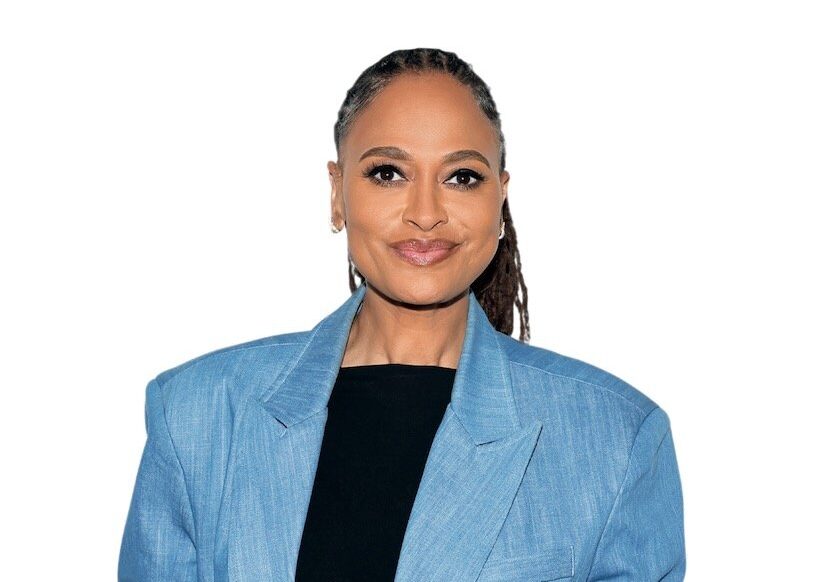The COVID-19 pandemic has changed our lives so drastically that it’s hard to fathom at times. With negative headlines filling front pages across the globe and our collective memories harking back to “certain” times, it’s understandable to overlook some of the unintended, but positive outcomes of this pandemic.
One of the most promising lasting effects of the pandemic has been the acceleration and rapid adoption of telehealth services, or the distribution of health-related services and information through technologies. A trend that had long been predicted to take off, but never really had the momentum, finally got just that when the coronavirus pandemic arrived in March. Almost overnight, America’s health care infrastructure became telehealth enabled.

With this en masse shift from in-person care to telehealth services, many consumers and providers are surprised by the benefits of this new system and optimistic about its potential to help alleviate some of our nation’s health care troubles.
According to the American Medical Association (AMA), 60 to 90 percent of all physicians are now using some sort of telehealth service as a result of COVID. As more consumers become used to these new types of doctor visits (McKinsey estimates that only 11 percent of consumers had used telehealth in 2019, compared to 76 percent now utilizing these services), and providers become more comfortable giving them, what was once a dream for many health care workers is quickly becoming the norm. As Dr. Karen S. Rheuban, director and co-founder of the University of Virginia Center for Telehealth, puts it, “[we’re] moving from a Blockbuster model to a Netflix model.”
Beyond convenience factors, the economic potential of telehealth cannot be stressed enough. A McKinsey report predicts that up to $250 billion of the current U.S. health care spend could potentially be virtualized. While these changes are not 100 percent certain to hold once we can begin resuming some form of our normal selves once the pandemic passes, it is uplifting to realize the sheer potential of what a future with telehealth could include.
For instance, a telehealth enabled future could mean on-demand virtual urgent care. This future means virtual office visits, fostering better preventative care measures that we so desperately need in this country. Imagine recovering from surgery not in a hospital bed, but in your own home, surrounded by your family, while doctors and nurses remotely monitor you through virtual capabilities. Doctors and nurses could even have tech-enabled home medication administration, complete with home delivery of therapeutics. All of this could very well be the future of recoveries.

Consider the health disparities that exist in our nation that simply depend on where you reside. Increasing access to high quality care from anywhere—particularly rural communities where this kind of care is so highly necessary—can become a reality with an embrace of telehealth measures. Access to specialists can become the norm, not the exception, and, in the process, benefit those dreadful hospital wait times.
In whatever way the future shakes out, it’s clear that our trial run with widescale telehealth capabilities has, at the very least, piqued the interest of the masses—both on the consumer and provider sides. In 2021, the question of the future of telehealth won’t be will it be adopted, but instead by how much. With the proliferation of 5G capabilities and increased access to high-speed internet in rural communities, telehealth will only continue to become the new norm for the future delivery of health care. We’ve only begun to scratch the surface of the potential of this new manner of health care, and the degree—and speed—to which it is embraced remains to be seen.










